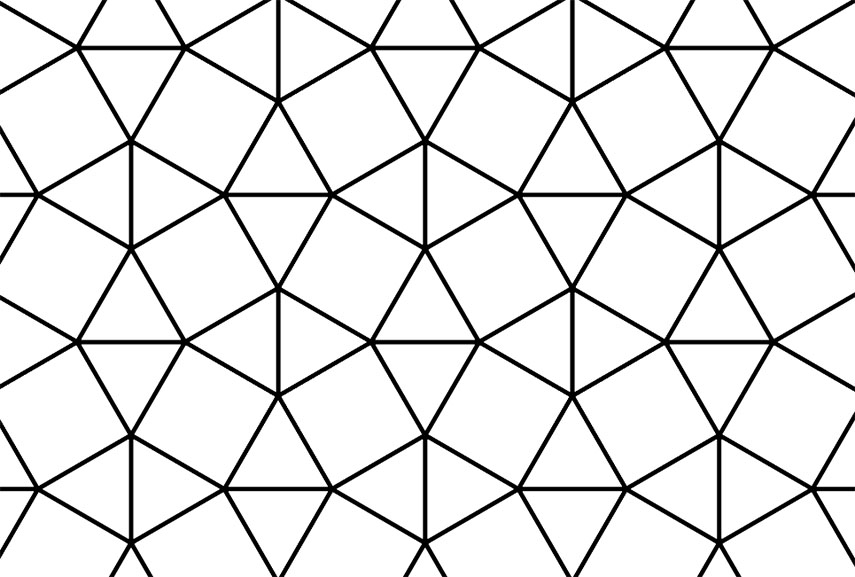

As you can probably guess, there are an infinite number of figures that form irregular tessellations! Meanwhile, irregular tessellations consist of figures that aren't composed of regular polygons that interlock without gaps or overlaps.Only eight combinations of regular polygons create semi-regular tessellations. Semi-regular tessellations are made from multiple regular polygons.

Regular tessellations are composed of identically sized and shaped regular polygons.There are three different types of tessellations ( source): Examples include the cube, rhombic dodecahedron. but only if you view the triangular gaps between the circles as shapes. In three dimensions, a polyhedron which is capable of tessellating space is called a space-filling polyhedron. While they can't tessellate on their own, they can be part of a tessellation. Circles can only tile the plane if the inward curves balance the outward curves, filling in all the gaps. What about circles? Circles are a type of oval-a convex, curved shape with no corners. Only three regular polygons(shapes with all sides and angles equal) can form a tessellation by themselves- triangles, squares, and hexagons. In a tessellation, whenever two or more polygons meet at a point (or vertex), the internal angles must add up to 360°. While any polygon (a two-dimensional shape with any number of straight sides) can be part of a tessellation, not every polygon can tessellate by themselves! Furthermore, just because two individual polygons have the same number of sides does not mean they can both tessellate. Additionally, a tessellation can't radiate outward from a unique point, nor can it extend outward from a special line. and even in paper towels!īecause tessellations repeat forever in all directions, the pattern can't have unique points or lines that occur only once, or look different from all other points or lines.

You can find tessellations of all kinds in everyday things-your bathroom tile, wallpaper, clothing, upholstery.

anything goes as long as the pattern radiates in all directions with no gaps or overlaps. They can be composed of one or more shapes. In the rightmost figure, we used octagons and squares in tiling, which is considered as a semi-regular tessellation.This month, we're celebrating math in all its beauty, and we couldn't think of a better topic to start than tessellations! A tessellation is a special type of tiling (a pattern of geometric shapes that fill a two-dimensional space with no gaps and no overlaps) that repeats forever in all directions. The polygons shown in Figure 7 are some of the tiles which are not regular polygons. We will not limit, of course, our creativity by using only regular polygons in tiling floors. This proves that the only regular polygons that we can use to tessellate the plane are the three polygons shown in Figure 2. Hence, there is no way that we can tessellate the plane with regular polygons having number of sides greater than six. Now, to tessellate, the two adjacent interior angles of these polygons must add up to 360 degrees, which means that each of them must equal 180 degrees. This is because their angle sum would be greater than 360 degrees (we can verify this using the Tessellation GeoGebra applet).Thus, for polygons more than six sides, only two vertices can be placed adjacently without overlapping. Since all regular polygons with more than six sides have interior angles measuring greater than 120 degrees, placing their three interior angles at a common point will make two of them overlap. Consequently, the measure of their exterior angles is 0.įurthermore, observe that as the number of sides of the polygons increases, the fewer the number of vertices that we can fix at a common point without the polygons overlapping. Looking at the table in Figure 6, we can see that polygons whose product of interior angles and the number of adjacent vertices is 360 tessellate. Figure 6 – Table showing properties of tessellating and non-tessellating polygons.


 0 kommentar(er)
0 kommentar(er)
